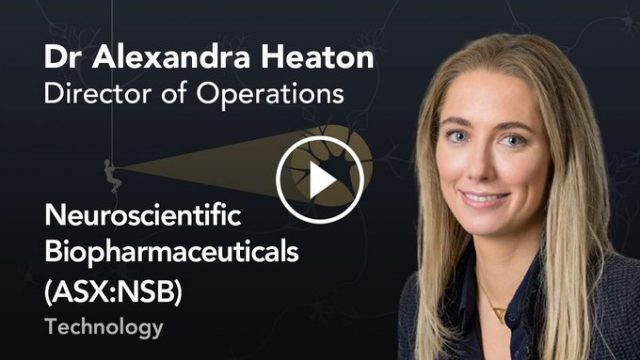December, 2019
The low-density lipoprotein receptor-related protein receptors 1 and 2 (LRP1 and LRP2) are emerging as important cell signaling mediators in modulating neuronal growth and repair. We examined whether LRP1 and LRP2 are able to mediate a specific aspect of neuronal growth: axon guidance. We sought to identify LRP1 and LRP2 ligands that could induce axonal chemoattraction, which might have therapeutic potential. Using embryonic sensory neurons (rat dorsal root ganglia) in a growth cone turning assay, we tested a range of LRP1 and LRP2 ligands for the ability to guide growth cone navigation. Three ligands were chemorepulsive: α-2-macroglobulin, tissue plasminogen activator, and metallothionein III. Conversely, only one LRP ligand, metallothionein II, was found to be chemoattractive. Chemoattraction toward a gradient of metallothionein II was calcium-dependent, required the expression of both LRP1 and LRP2, and likely involves further co-receptors such as the tropomyosin-related kinase A (TrkA) receptor. The potential for LRP-mediated chemoattraction to mediate axonal regeneration was examined in vivo in a model of chemical denervation in adult rats. In these in vivo studies, metallothionein II was shown to enhance epidermal nerve fiber regeneration so that it was complete within 7 days compared with 14 days in saline-treated animals. Our data demonstrate that both LRP1 and LRP2 are necessary for metallothionein II-mediated chemotactic signal transduction and that they may form part of a signaling complex. Furthermore, the data suggest that LRP-mediated chemoattraction represents a novel, non-classical signaling system that has therapeutic potential as a disease-modifying agent for the injured peripheral nervous system.
Further reading




